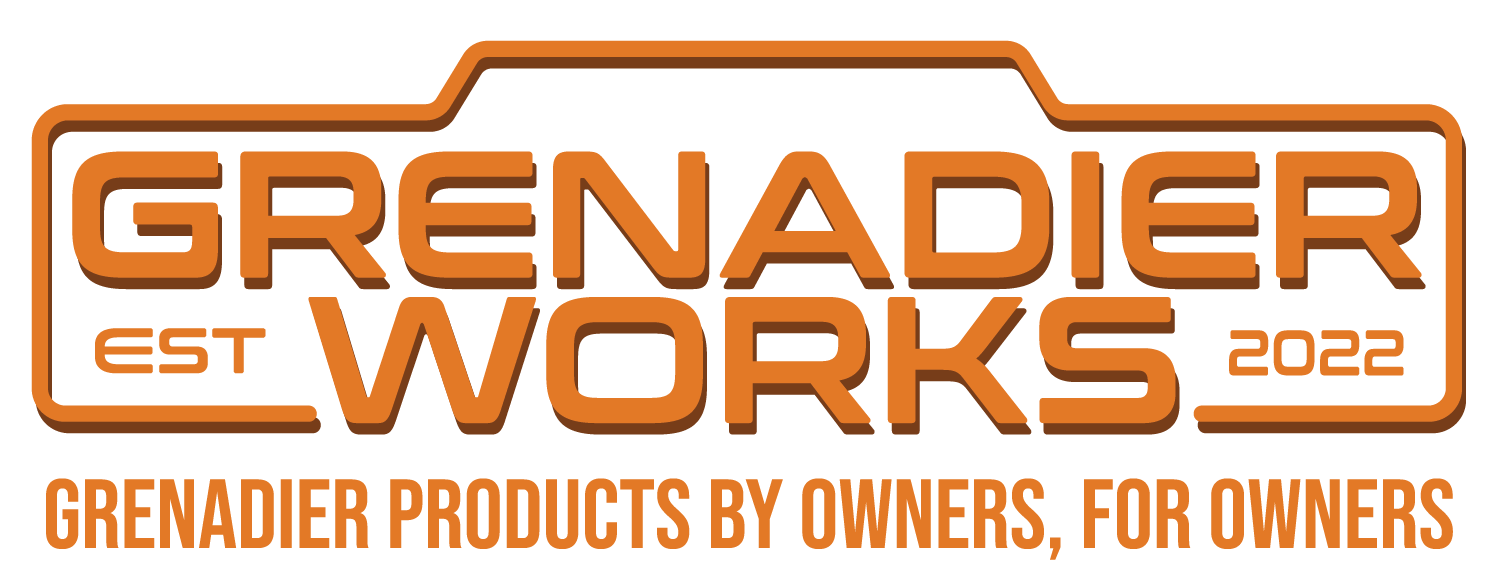- Local time
- 3:09 PM
- Joined
- Nov 14, 2021
- Messages
- 1,176
Spjnr said:As much as a GM v8 would be a cool proposition for the NA market, I think it would be exclusively for the NA market.
Here in Europe we're paying $8-9 dollars a gallon for fuel, and are taxed to high heaven on big displacement powerful engines. The only reason the 3.0 I6 is able to go in the grenadier is because they're keeping under the sales cap. They're classed as a small manufacturer.
The idea of a petrol v8 in a working vehicle over here is pretty much non existent, with them being reserved for luxury Suvs that are 100k and over.
The big seller over here will be the diesel. It will tow well with plenty of low down torque, be far more efficient whilst doing so, and be what us Europeans (and aussies) are used to. The b57 and b58 are so similar, there was probably very little trouble in using both of them from a packaging standpoint, so they made sense I guess.
Totally agree - I was just pipe-dreaming, because the petrol V8 isn't coming to North America either! And it certainly would never be considered for Europe. I understand that, and wasn't actually suggesting that Ineos consider a GM V8. For a whole host of reasons, I doubt they considered a GM V8 - even for a second. I just think that, when you consider the mission statement for the Grenadier (simple, strong, reliable), a pushrod petrol V8 is the ideal choice for the North American market, because (a) naturally aspirated V8 engines tend to be more reliable than forced induction 6-cylinder engines (less heat, less moving parts, etc.), and (b) the emissions systems for new diesel engines create all kinds of problems. And I was just saying that - personally - I would be more comfortable driving across Africa with a GM V8, as opposed to the B58. I think under hard work, rough conditions, and extended use, the 6.2 will be easier to keep running than the B58. I'd be even more comfortable making such a trip with a Toyota engine ?
With regard to the size of the B58: the displacement of the B58 (3.0 liters) is based on the European equivalent of what we call in the U.S. a "gas guzzler tax". Vehicle taxes vary from country to country - there is not presently a standard tax within the EU. But it is my understanding that - in addition to considering a ban on all new sales of internal combustion engines beginning in 2035, the EU is also considering higher taxes on all new engines that are 3.0 liters or larger. This is why many new engines being developed by European car companies, or by any manufacturer planning to sell in the European market, are being capped at 3.0 liters (technically, all these engines are actually just under 3.0 liters, but they are listed as "3.0").



